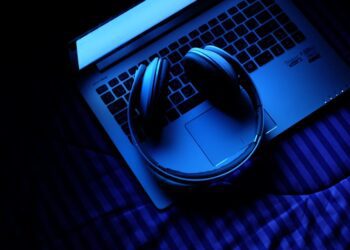The Internet of Things, or IoT, is rapidly transforming the way we live and work. This network of interconnected devices and sensors is revolutionizing industries, improving efficiency, and enhancing our quality of life. But beyond these conveniences, IoT is also making a significant impact on the environment by promoting sustainability and reducing our carbon footprint.
One of the key ways that IoT is benefiting the environment is through energy conservation. Smart devices, such as thermostats, lighting systems, and appliances, are equipped with sensors that can monitor and adjust their energy usage based on real-time data. This means that they can operate more efficiently, using less energy and reducing emissions. For example, a smart thermostat can learn your preferences and adjust the temperature in your home accordingly, leading to lower energy consumption and reduced utility bills.
IoT is also playing a critical role in waste management and recycling. Smart bins equipped with sensors can monitor their fill level in real-time, alerting waste management companies when they need to be emptied. This not only helps to optimize collection routes and reduce fuel consumption, but also ensures that waste is properly managed and recycled. Additionally, IoT devices can track the movement of waste through the supply chain, making it easier to identify opportunities for improvement and reduce waste at every stage.
Another important aspect of IoT is its ability to monitor and protect natural resources. Sensors placed in water systems can detect leaks and monitor water quality, helping to conserve this precious resource and prevent pollution. Similarly, sensors in agriculture can monitor soil conditions, weather patterns, and crop growth, enabling farmers to optimize their irrigation and fertilization practices, reduce water usage, and minimize the environmental impact of their operations.
IoT is also helping to reduce carbon emissions and air pollution by enabling smarter transportation systems. Connected vehicles can communicate with each other and with infrastructure, optimizing traffic flow and reducing congestion. This not only saves time and fuel for drivers, but also reduces emissions and improves air quality in urban areas. Additionally, IoT is being used to promote alternative modes of transportation, such as bike-sharing programs and electric scooters, which can help to reduce the reliance on cars and decrease greenhouse gas emissions.
Overall, IoT is proving to be a powerful tool for promoting sustainability and protecting the environment. By harnessing the power of connected devices and sensors, we can reduce energy consumption, minimize waste, protect natural resources, and reduce carbon emissions. As IoT continues to evolve and expand, it has the potential to make an even greater impact on our planet, creating a more sustainable future for generations to come.








